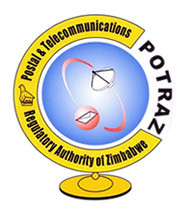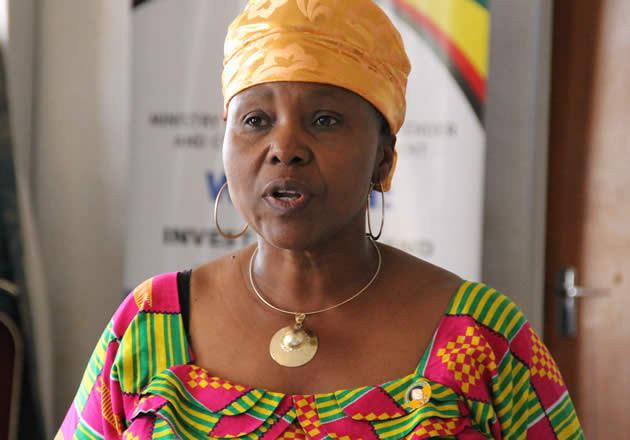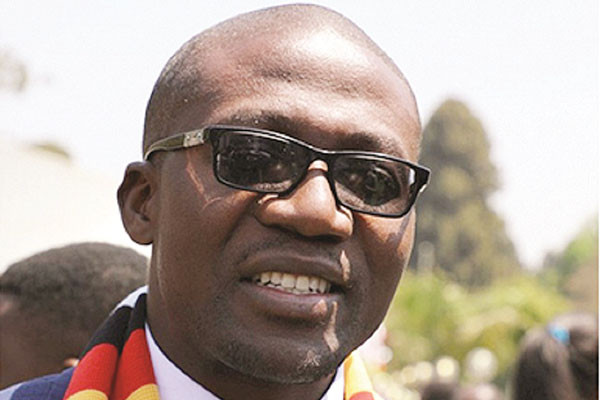ZIMBABWE’S mining industry has breached a US$12 billion revenue target set five years ago, the Ministry of Mines and Mining Development said this week, citing higher investment inflows.
The target was set in 2018, in line with President Emmerson Mnangagwa’s ‘Zimbabwe is Open for Business’ strategy, and was envisaged to ramp up revenue by 275% from US$3,2 billion that year to US$12 billion this December.
In an interview with the Zimbabwe Independent, Pfungwa Kunaka, the permanent secretary in the ministry, said while official figures would be released soon, he was confident the target had been surpassed.

“We believe we even surpassed it,” Kunaka said.
“We await the final data at the close of the year. The ministry is confident that the target of US$12 billion has been attained and even surpassed.”
Keep Reading
- Mr President, you missed the opportunity to be the veritable voice of conscience
- ED to commission new-look border post
- Zanu PF ready for congress
- EU slams Zim over delayed reforms
He said after exponential expansion, the industry was now a crucial pillar of the economy.
“The sector contributes more than 60% of Zimbabwe’s export receipts and attracts more than 50% of foreign direct investment. In 2022, the mining industry attained US$5,4 billion in exports in comparison with the base year 2017 wherein the mining sector annual export revenue amounted to US$2,7 billion, translating to a 100% increase in terms of mineral exports,” he said.
“Taking into account the export revenues as well as stock of investments and infrastructure realised in the sector, the targeted US$12 billion mining industry has been achieved. The main minerals that account for the growth of the mining sector include gold, platinum group metals (PGMs), ferrochrome, steel, nickel, diamonds, lithium, and coal.”
The blueprint targeted a gold output of US$4 billion per year with platinum at US$3 billion while diamond mining and polishing was set at US$1 billion, equal to the combined target of chrome, nickel, and steel.
Coal, hydrocarbons, lithium, and other minerals were projected to contribute the remaining US$3 billion.
The developments come at a time when the country is reviewing the Mines and Minerals Amendment Bill.
Kunaka said there were plans to have the Bill finalised by the end of the first quarter of 2024.
“Work on the Mines Amendment Bill is being given utmost priority and we are drawing from the draft that went for first reading in the last Parliament which received comments from Members of Parliament and Parliamentary Legal Committee.
“We hope to (have the) Bill done by the end of Q1 of 2024,” Kunaka said.
The 1961 legislation is being revised because it has no provisions to handle disputes over mining titles, corruption in the mining sector, environmental degradation, human rights violations, and revenue leakages in the sector.
In a consolidated analysis titled: Analysis of the Mines and Mineral Bill HB10 2022, the Zimbabwe Environmental Law Association said a comprehensive, regulatory, administrative, and institutional mining framework was crucial to the creation of a competitive investment environment for Zimbabwe’s mining sector.
In 2018, President Emmerson Mnangagwa sent the Mines and Minerals Amendment Bill back to Parliament saying it still had areas that needed to be addressed before he could sign it into law.





